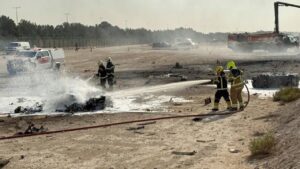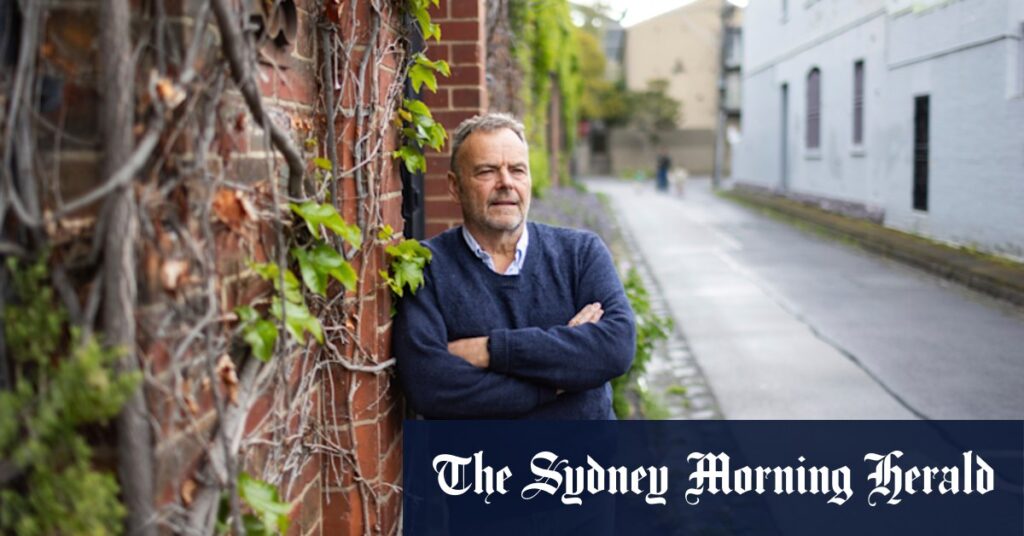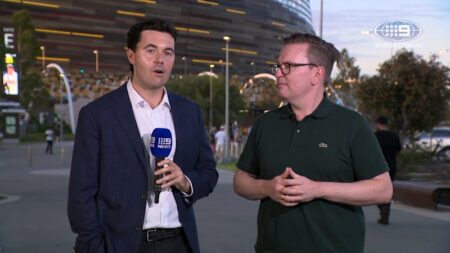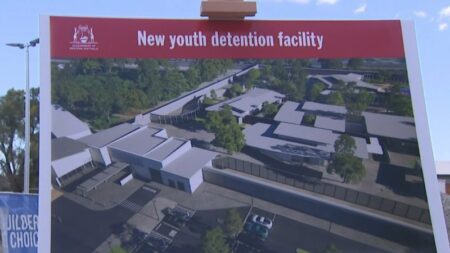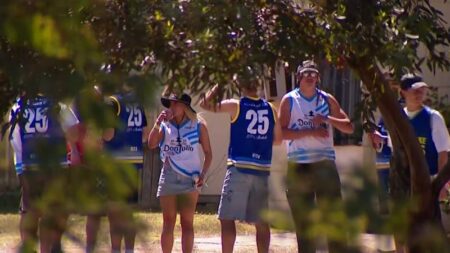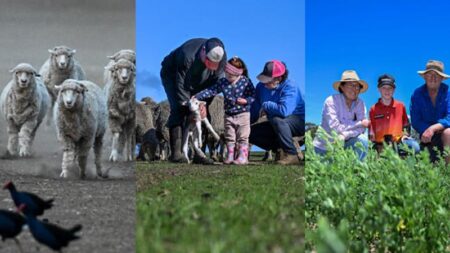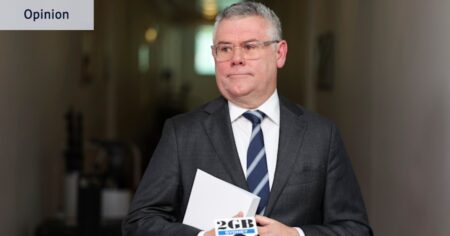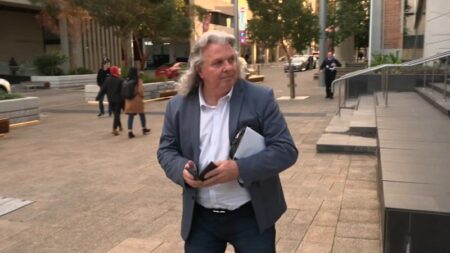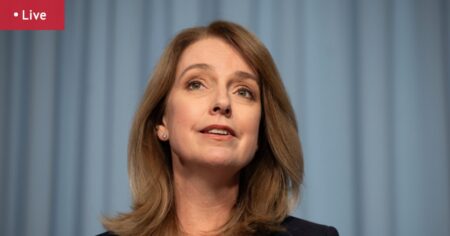He said the leap in at-risk properties in Darebin and Yarra was because this was the first time the entire stormwater system had been modelled.
Brace said about 1500 kilometres of stormwater drains are managed by Melbourne Water and 25,000 kilometres are council assets, which are typically smaller and overflow more quickly.
“Historically, flood management in Melbourne has focused on waterway flooding, but as we see climate change and rainfall intensity change, the risk of stormwater flooding is increasing,” Brace said.
Interactive maps will be available on Melbourne Water’s website from Friday morning, allowing people to enter their address and receive their risk rating. Only stormwater flood maps are available, with those for creek and river flooding expected in coming years, Brace said.
The Allan government hopes the reforms will help alleviate some costs for home owners if they have a lower flood threat and equip developers with better information on how and where to build.
Water Minister Gayle Tierney said: “This is about protecting lives and property where the risk is greatest, while making it easier to build homes and businesses in low-risk places.”
Loading
The aim is to also reduce roadblocks obstructing the Victorian government’s ambitions to build 800,000 new homes by 2034. New planning and building controls will distinguish between high-risk areas where development must be avoided or warrant careful assessment, moderate-risk areas where projects need the right safeguards and low-risk areas where minimum building requirements will apply.
Planning Minister Sonya Kilkenny said: “We’re providing better information and more clarity to councils, industry and communities, so we can manage flood risks while building the homes that Victoria needs.”
Fitzroy Residents Association chair Michael Spencer, who researches climate change adaptation at Monash University, said it was a mistake to release new flood maps without a clear strategy for addressing the issues, such as measures for slowing and capturing floodwaters.
“Otherwise the only solution is going to be that the cost of this changed risk is borne by households and businesses,” Spencer said.
“We can’t bury our head in the sand, so we need to be aware of what’s coming, but we also need to think clearly about the [risk management] options.”
Melbourne Water last year updated its flood maps for the Maribyrnong River catchment, which was prioritised after the inundation disaster of 2022 and will not be reviewed until 2029 at the earliest.
Home owners in Kensington were angered to discover that more than 1000 properties were being declared flood-prone.
Maribyrnong Catchment Resilience Association president Madeleine Serle said it was disappointing that the new risk-rating model, which she felt could help people make more informed decisions, would not be applied to the Maribyrnong River for years.
However, she warned that the new system would be of little value if it didn’t come with insurance reform and significant government investment in both emergency management and mitigation strategies.
“Communities have to have reasonable pathway forward to become resilient, but they are the least powerful to do this.”
A spokeswoman for the Insurance Council of Australia said the release of new flood modelling was unlikely to provide new detail to insurers as they already used their own information and modelling to assess flood risk.
“The insurance industry has long advocated for greater public investment in risk reduction and climate risk mitigation to safeguard people’s assets and protect communities,” she said.
The Victorian government says the new hazard-rating system will help direct funding decisions for emergency services and mitigation.
Brace said that Melbourne Water had spent about $170 million on drainage management and mitigation over the past five years. The water authority proposed increasing the investment to $300 million for the next five years.
He said the authority had learnt from previous floods. Darebin and Yarra residents are receiving letters and can access detailed maps, explainer videos, online guides and community sessions, while those at high risk of flooding will be door-knocked.
Melbourne Water is renewing the flood modelling of every municipality in the city over the next two years. Glen Eira and Merri-bek councils will be next up.
The release of Darebin and Yarra’s maps mark the beginning of an eight-week consultation period.
Read the full article here



